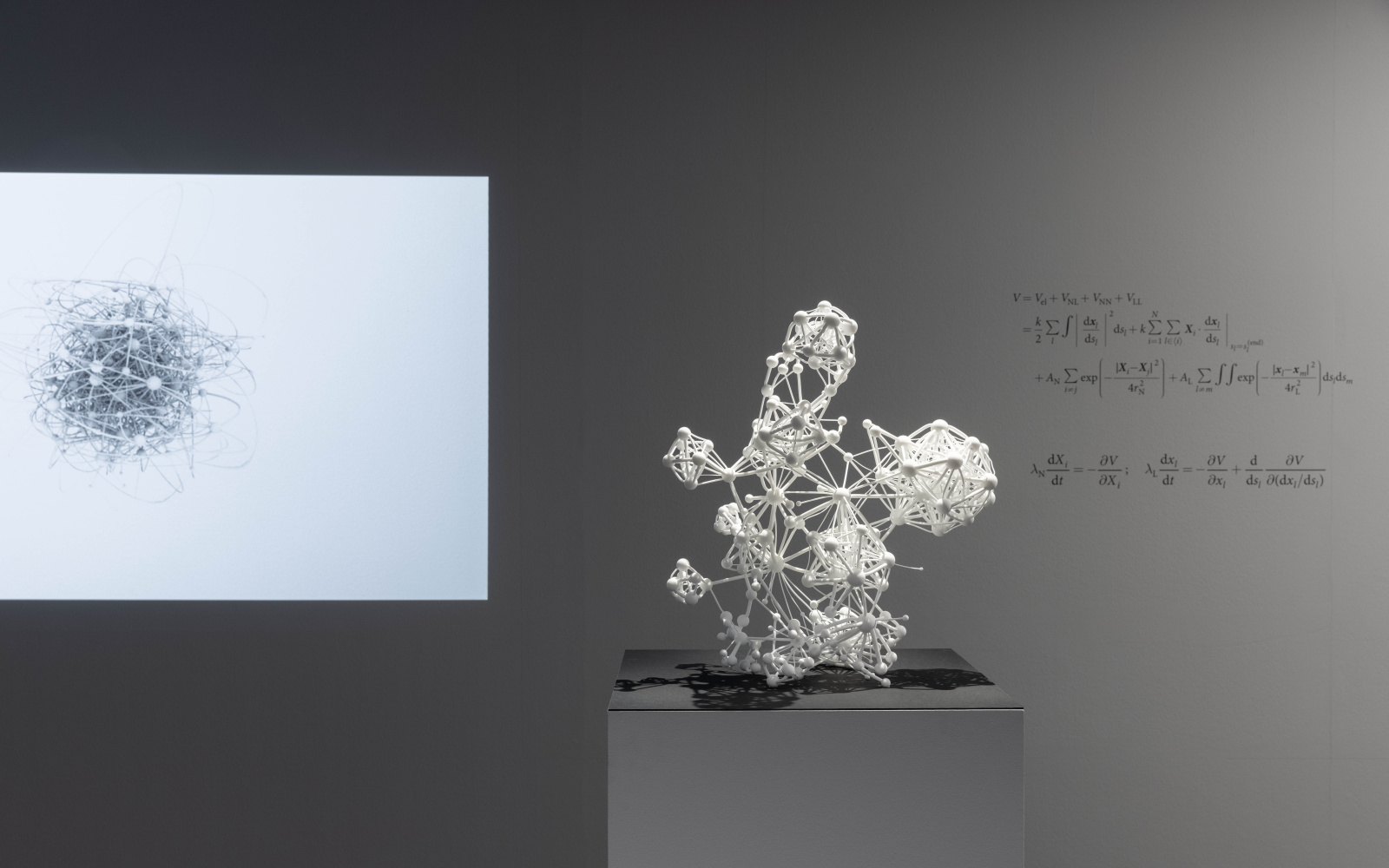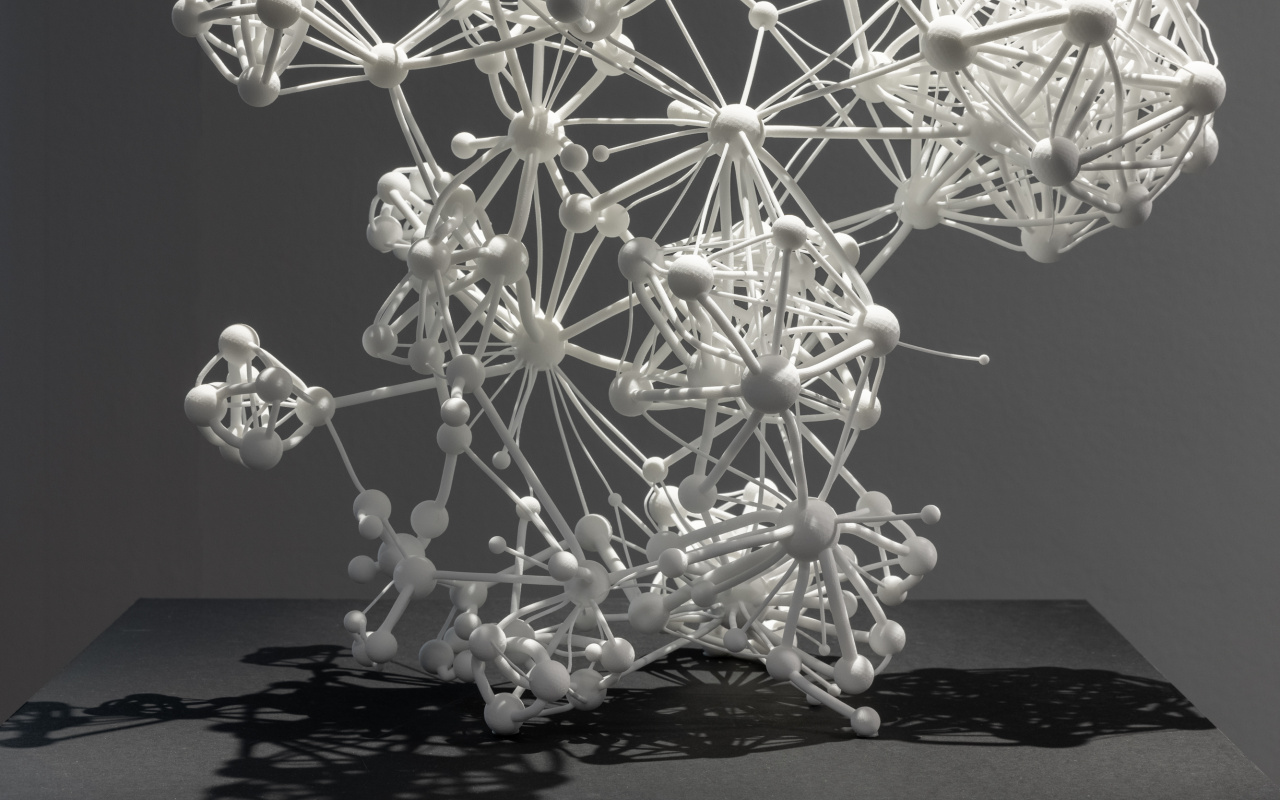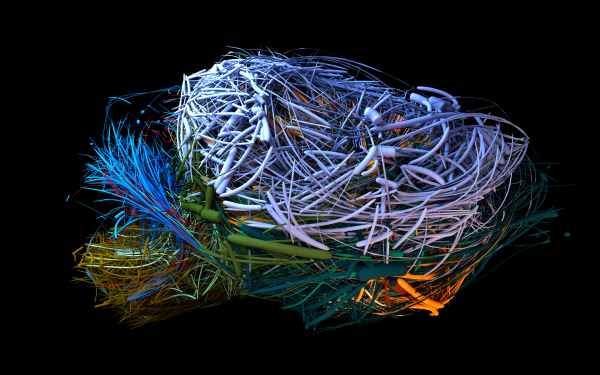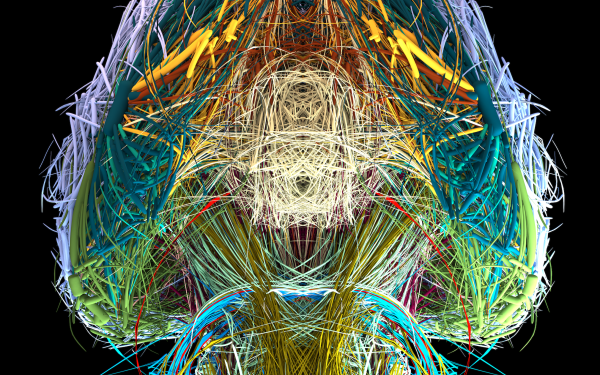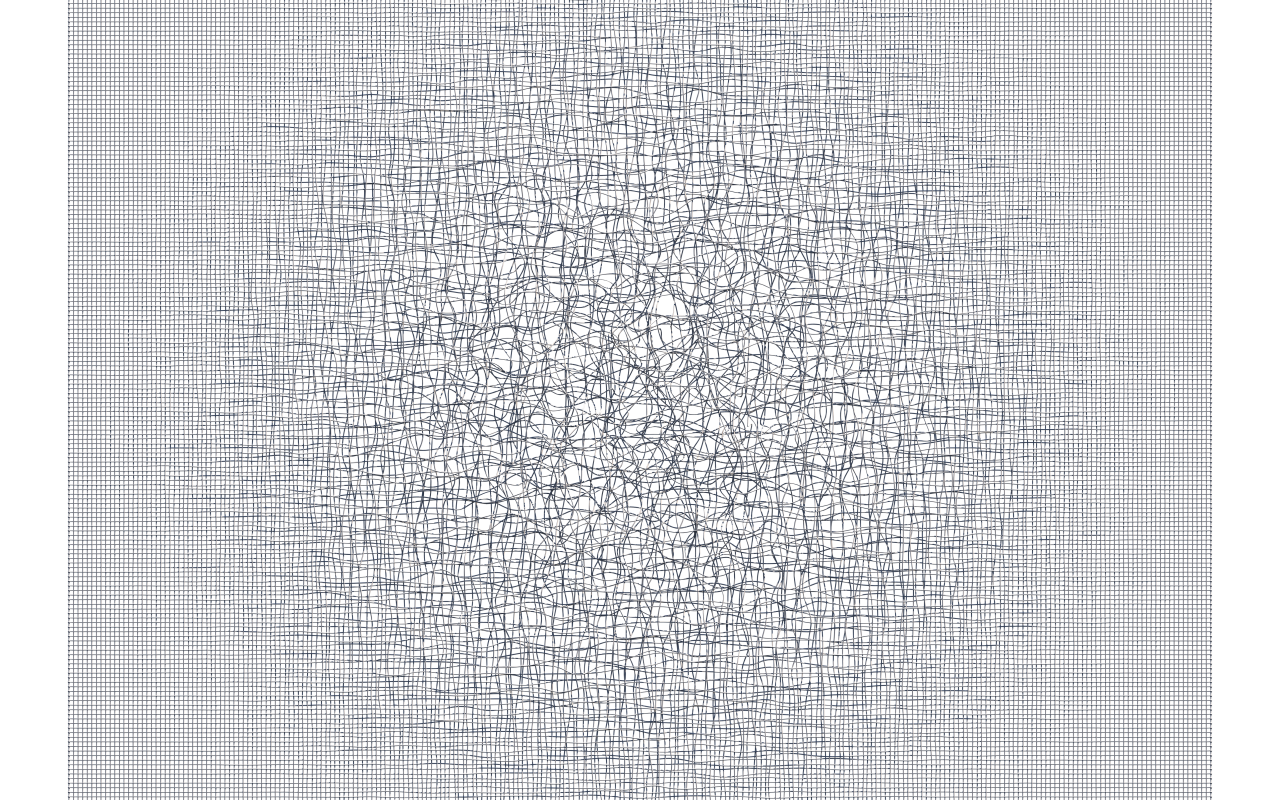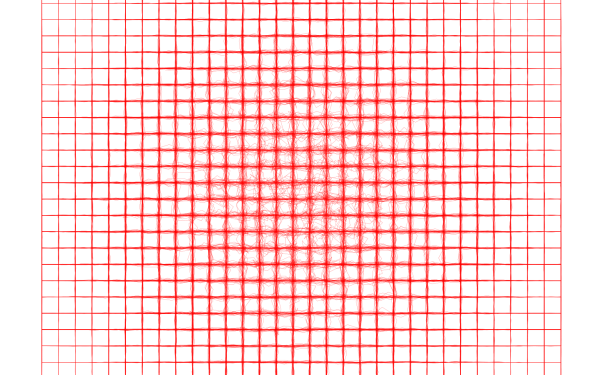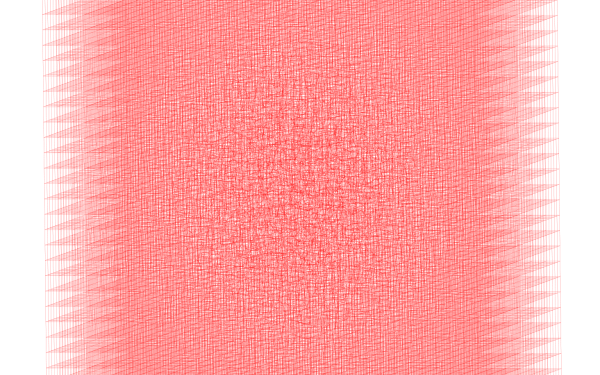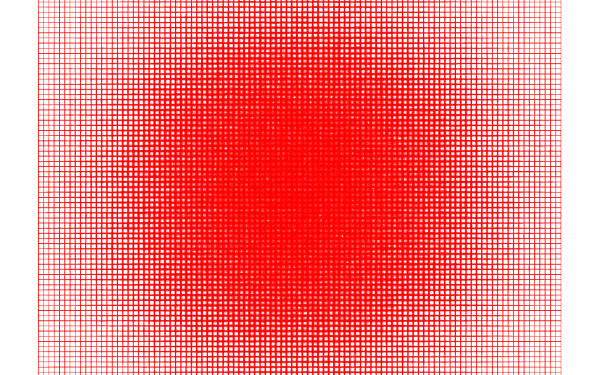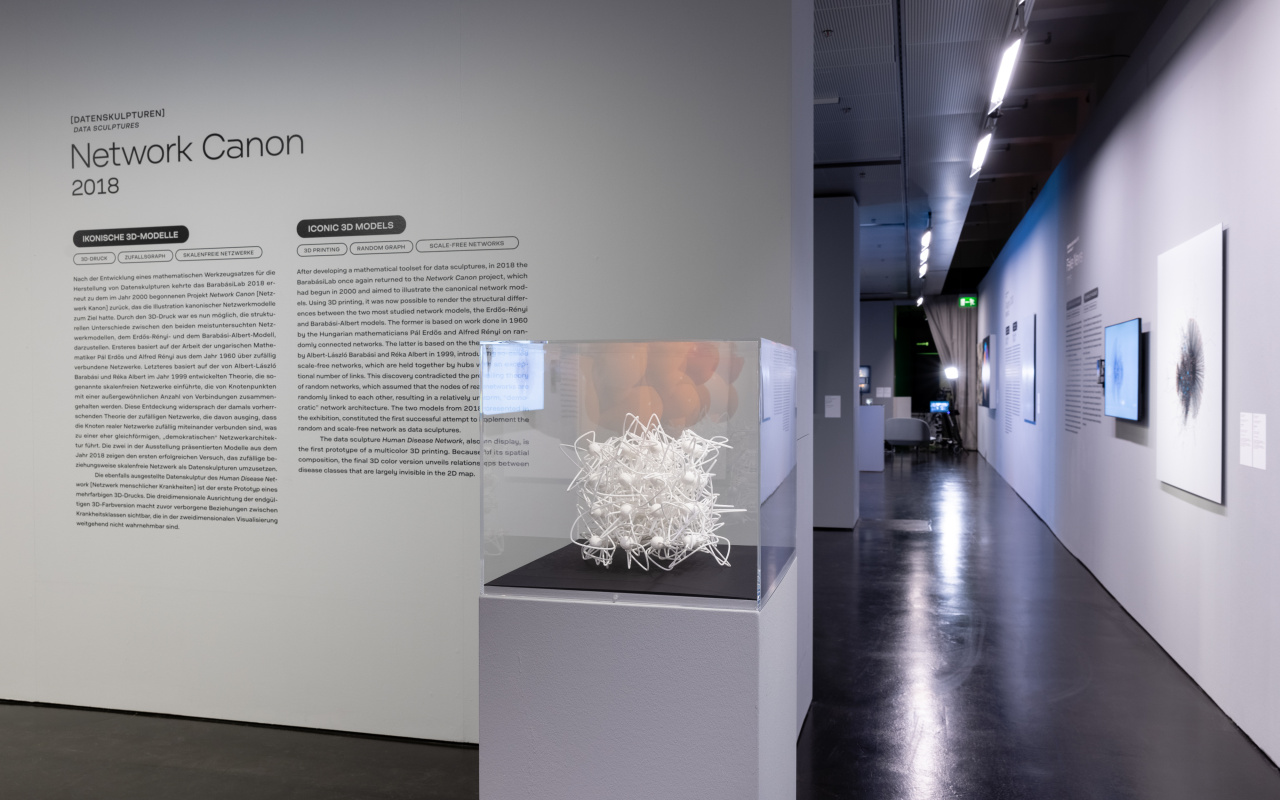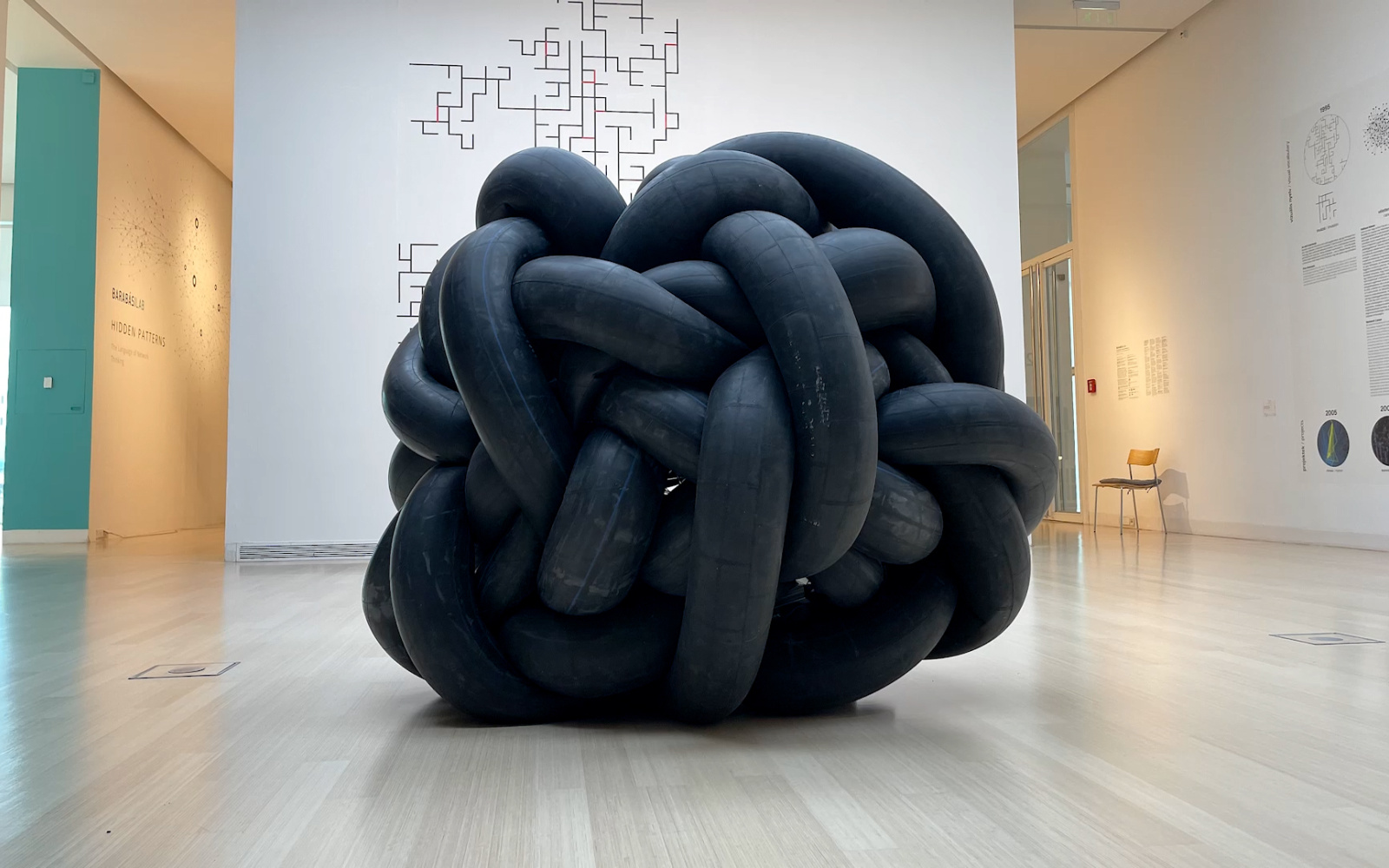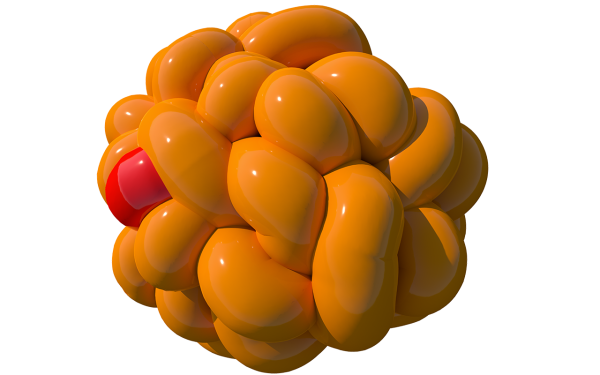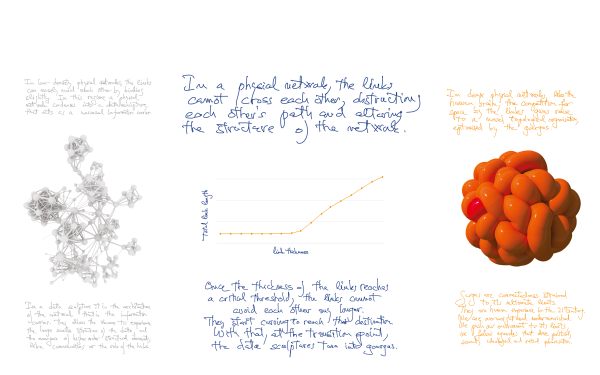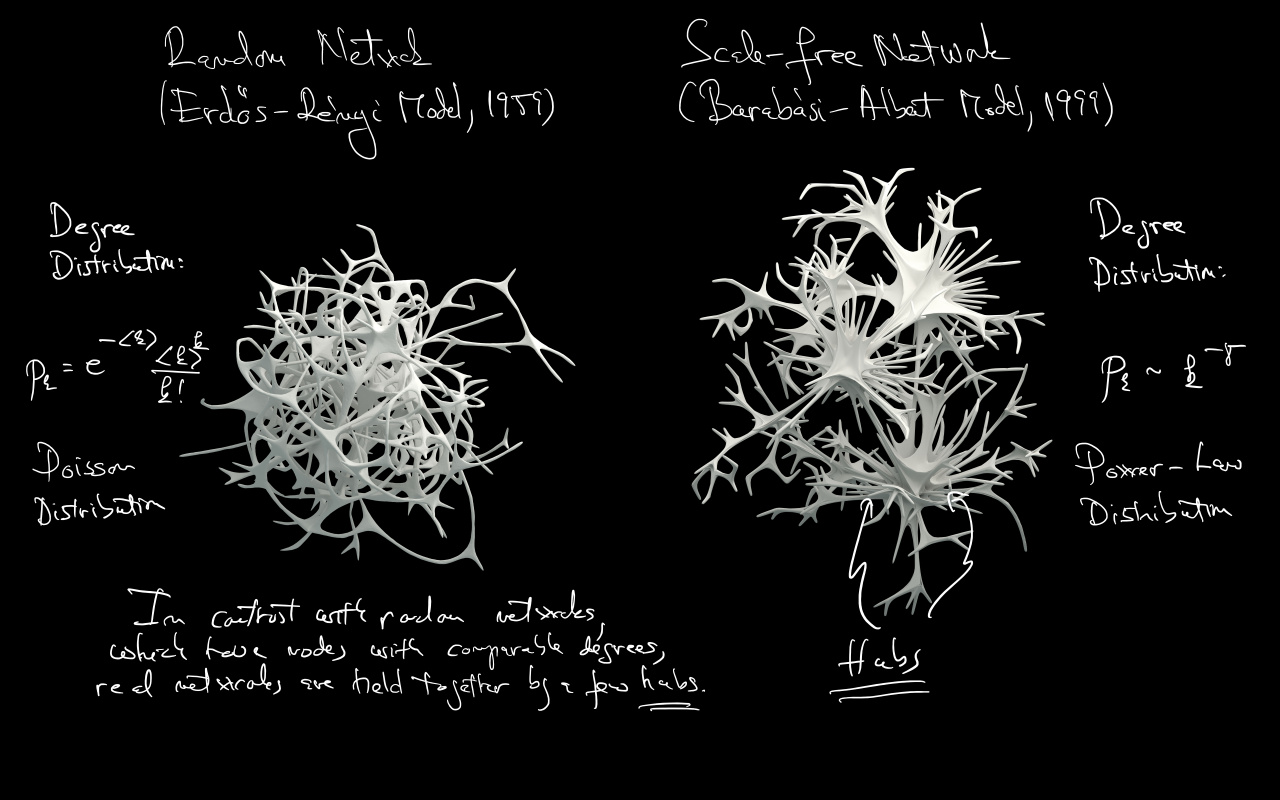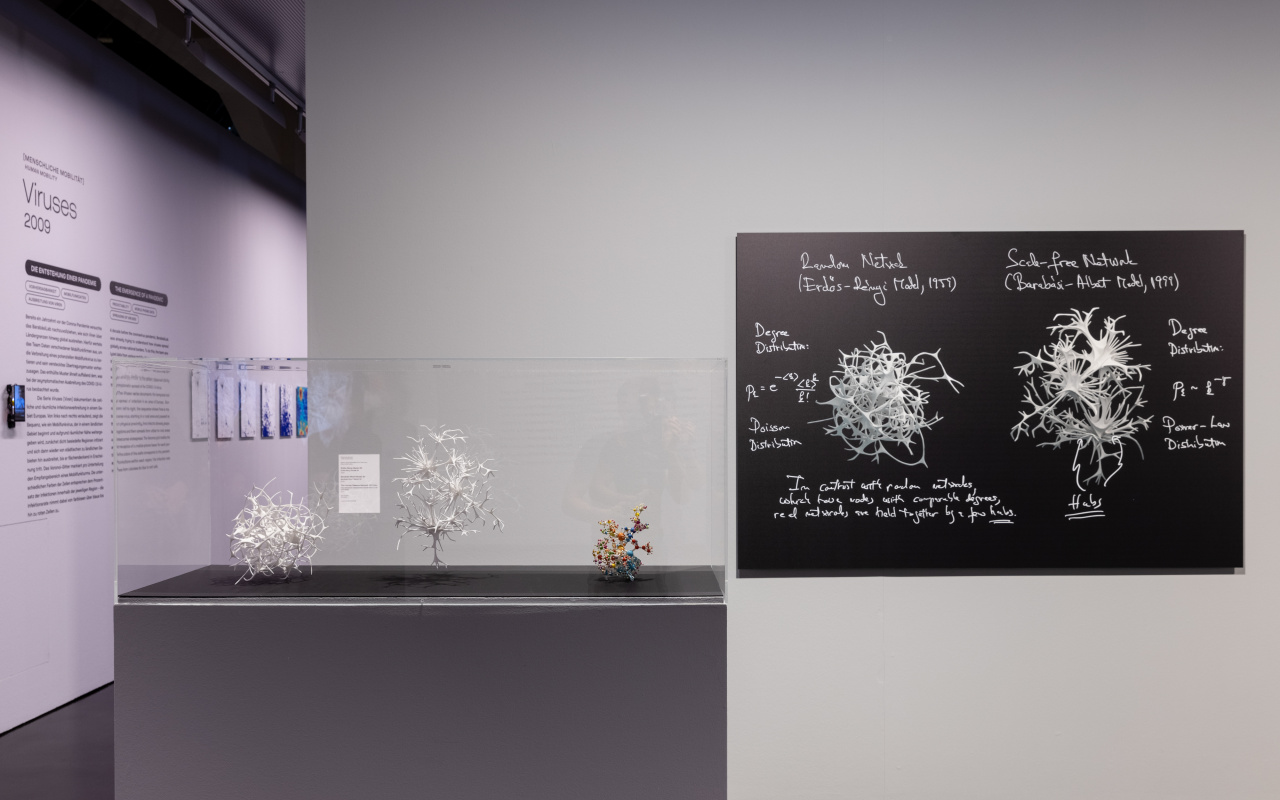Data Sculptures
2018–2021
-
x
-
3D printing
-
layout algorithm
-
physical networks
-
»Flavor Network«
-
x
Data Scuptures | video commentary by Albert-László Barabási
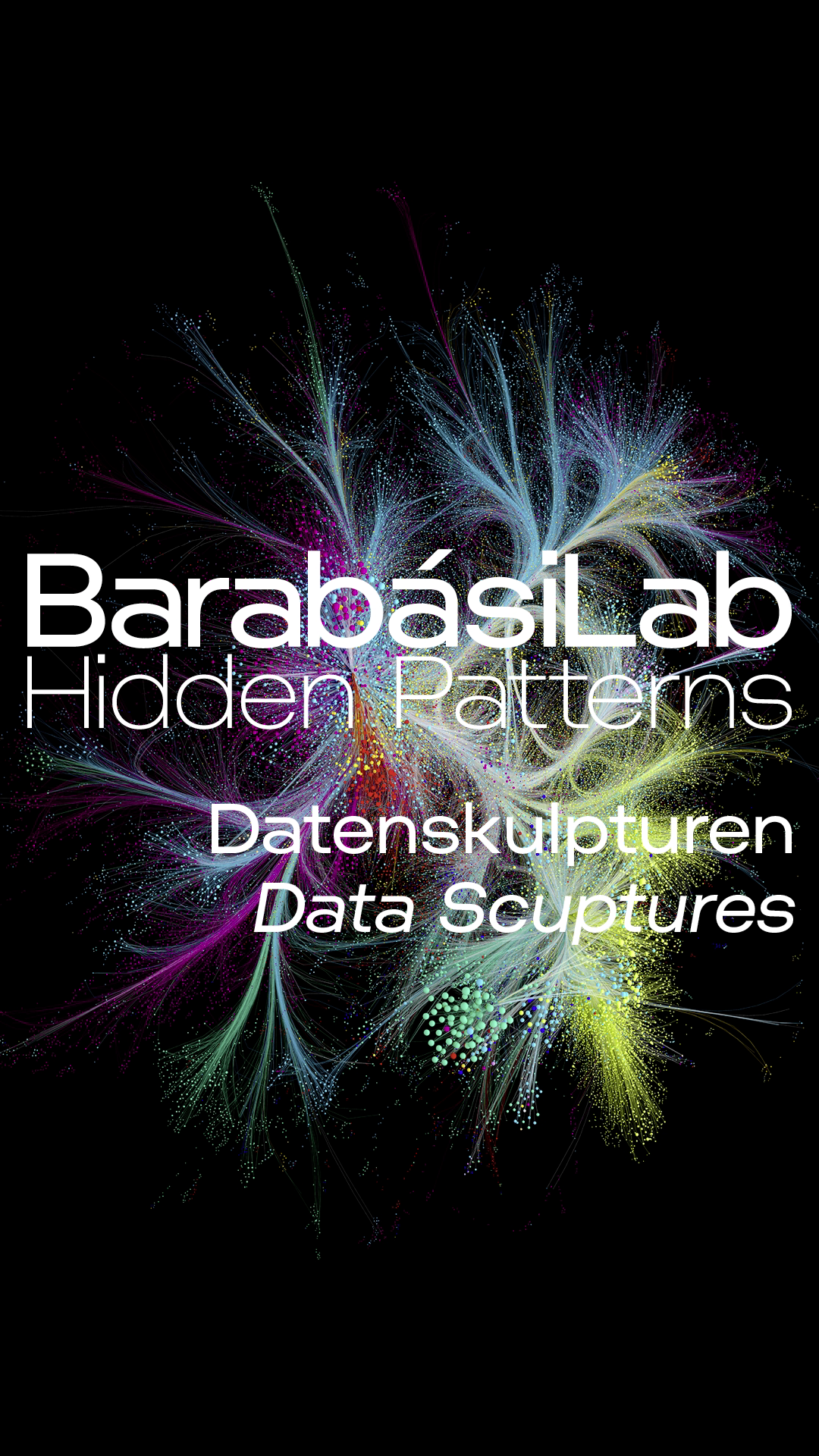
Data Scuptures | video commentary Albert-László Barabási
Conventional network visualization seemed to be stuck in two dimensions for years. One important focus of the BarabásiLab, at the interface of network science and art, is overcoming this two-dimensionality and transferring networks into three-dimensional space, giving birth to data sculptures.
Albert-László Barabási, Alice Grishchenko, Nima Dehmami, Soodabeh Milanlouei, »The Flavor Network as a 3D Data Sculpture«, 2018
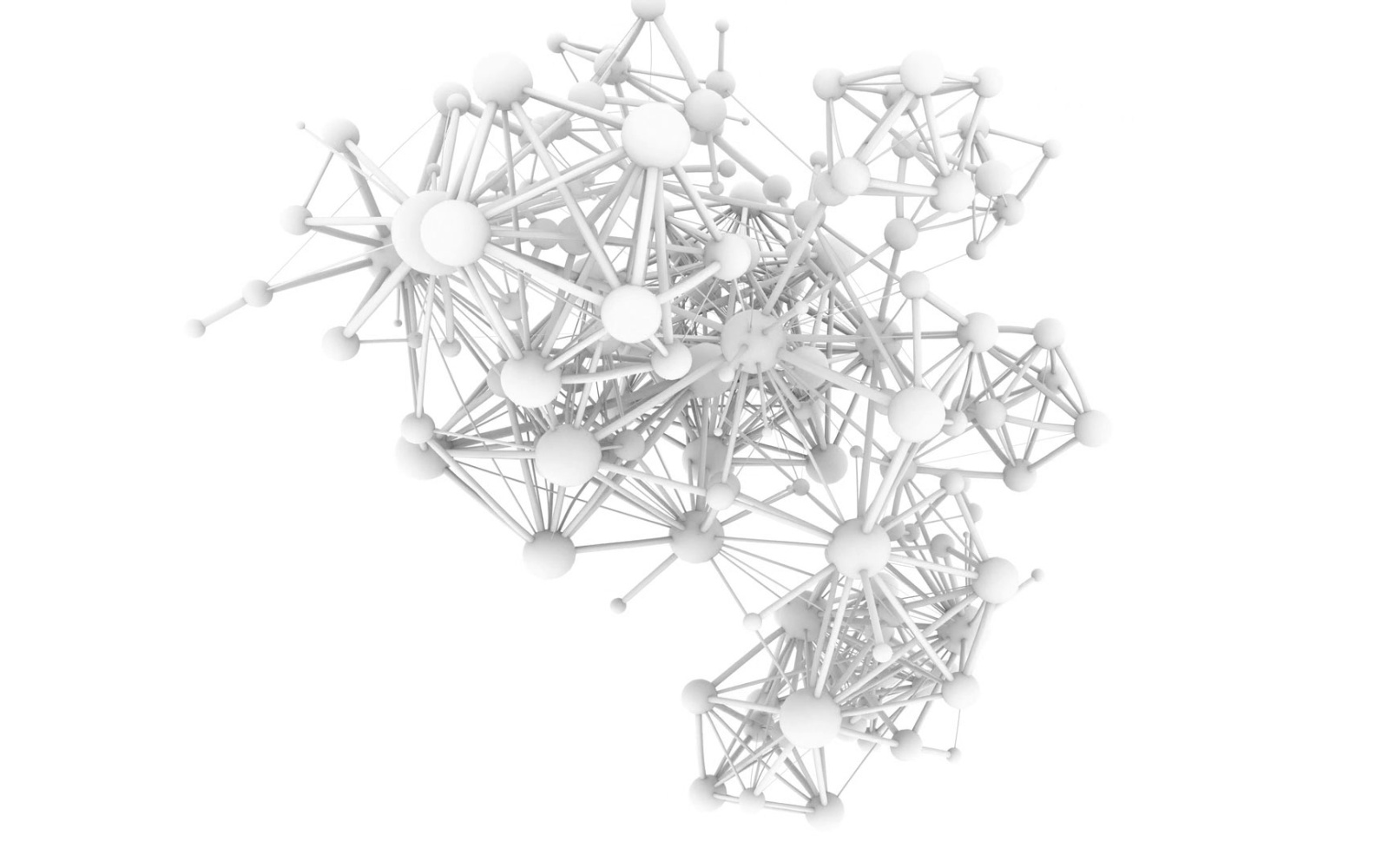
BarabásiLab, »The Flavor Network«, 2018
Traditional network layout algorithms perceive the connections between two components, called »links,« as virtual and bodyless lines that are allowed to cross each other. Yet in physical networks, like the network within a brain, this is not possible. The BarabásiLab created a new mathematical algorithm that permits the layout of three-dimensional networks without link crossings. The algorithm’s formula, inspired by actual physical and biological patterns, shapes the final structure of the data sculpture. Through the software developed and the possibilities offered by the emerging powder-based 3D printing process, »The Flavor Network« was realized in 2018 as the first three-dimensional network representation. While the previous two-dimensional »Flavor Network« was in color, at that time 3D printing could only be done in monochrome. It carries information in its structure—presenting a clear separation of the different flavor communities and unveiling previously hidden relationships between food groups.
Connectome (2019)
-
3D brain network of a mouse
neuroscience
brain research
physical networksWith over 100 billion nodes, the human brain is perhaps the most complex network known to science. Neuroscientists call the whole brain network, mapped at the level of individual neurons, the »connectome.« The connectome plays a vital but still unexplored role in brain functioning and consciousness; understanding its structure is therefore crucial.
The 3D rendition of the »Connectome«, the neuronal network of a mouse brain, is the BarabásiLab’s first attempt to visualize brain structure. Its configuration is based on data collected over the course of a multiyear project at the Allen Institute, a bioscience research center in Seattle, USA. The mouse connectome was laid out using the same algorithm that generated »The Flavor Network« and the other data sculptures in the exhibition. Its arrangement exposes the exceptional complexity of the brain’s wiring patterns, and opens up new avenues towards understanding brain function.
Connectome | video commentary by Albert-László Barabási
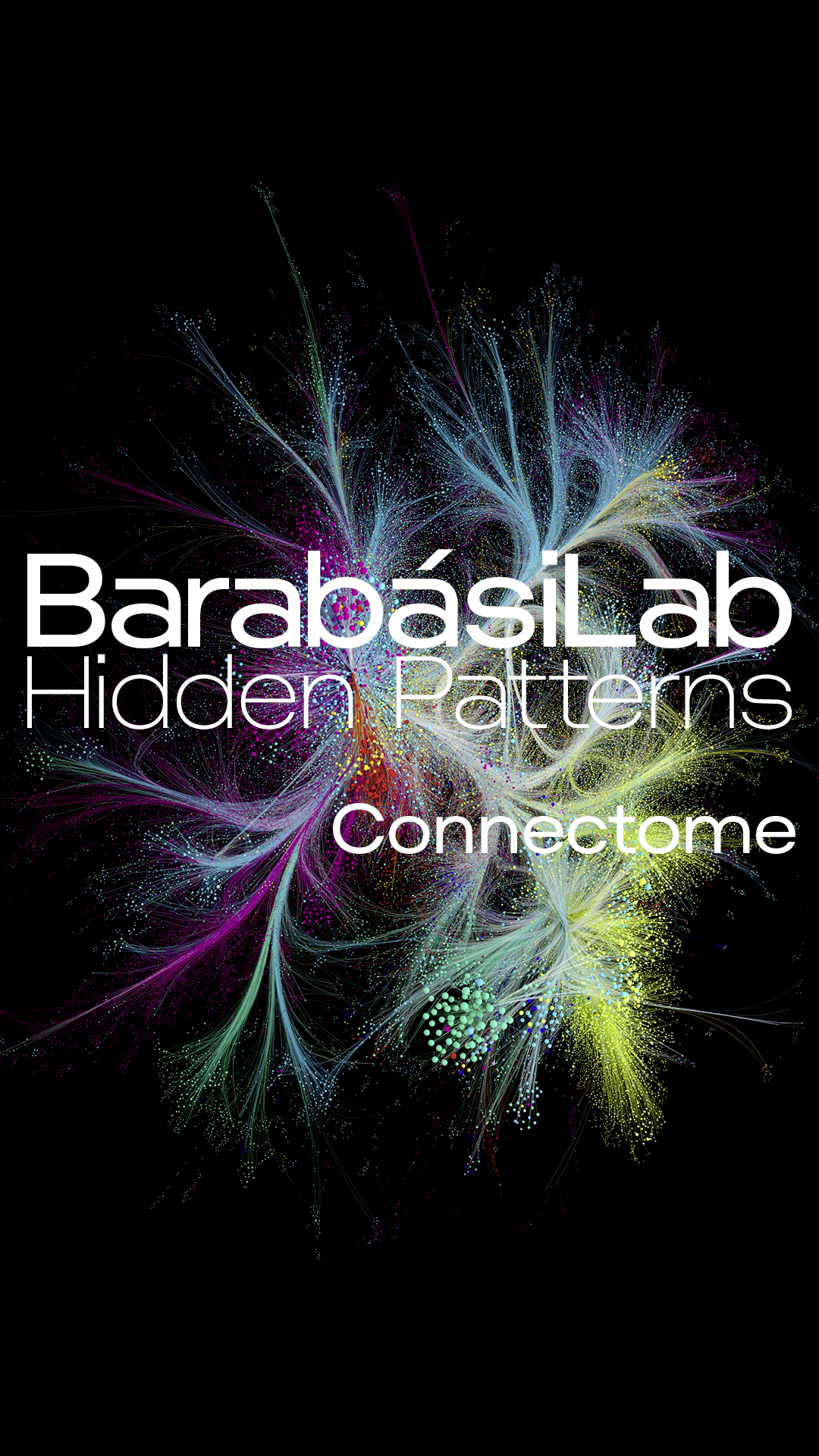
Connectome | video commentary Albert-László Barabási
Albert-László Barabási, Jose Brum, Nima Dehmami, Alice Grishchenko, Emma Towlson, »The Mouse Connectome«, 2019
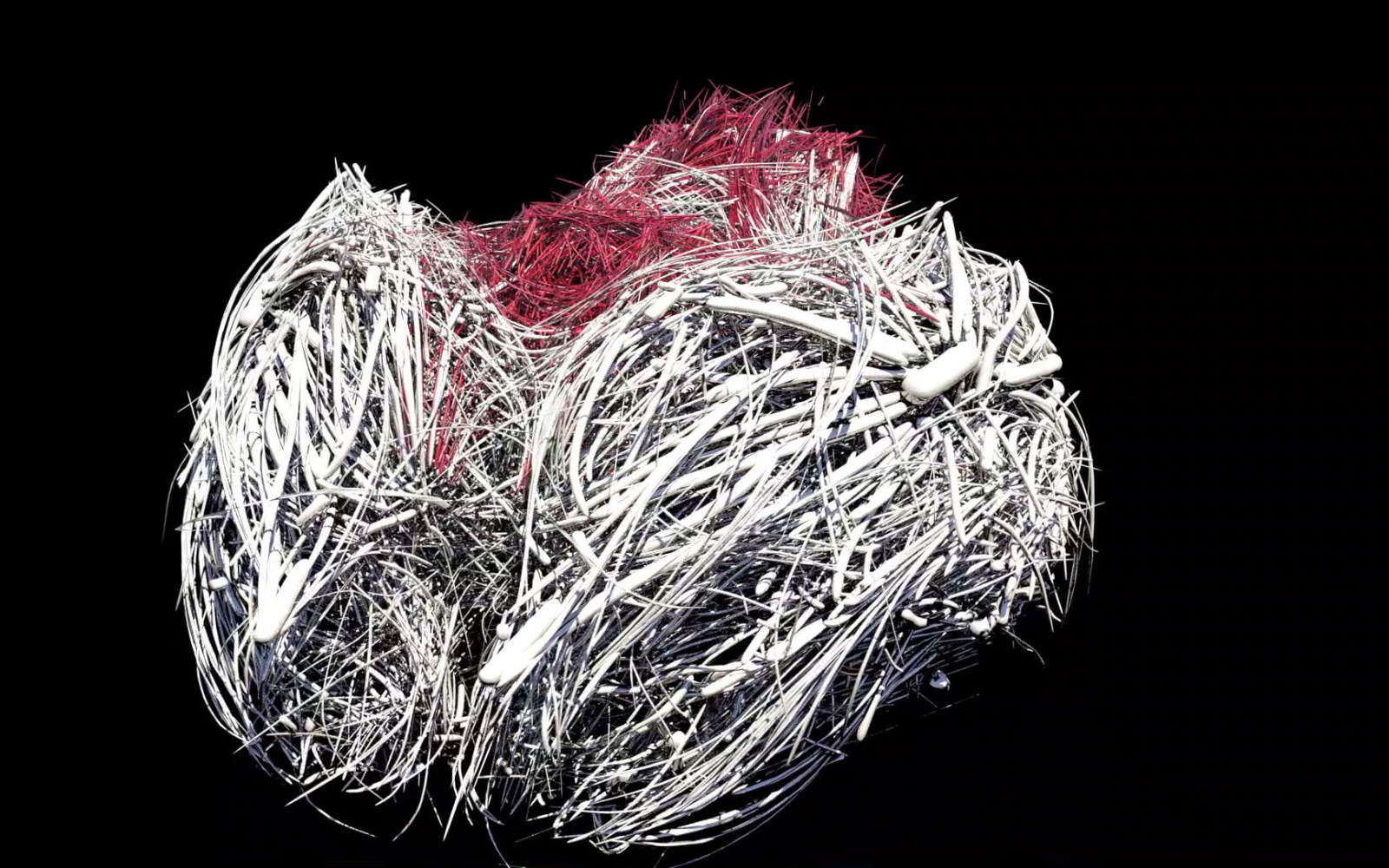
BarabásiLab, »The Mouse Connectome«, 2019
Heat (2020)
-
The effect of heat on networks
physical networks
thermal gradient
network temperature
infinity networkThe physicality of a network strongly limits its structure. Since the links of a physical network cannot cross each other, they must deviate from straight lines to reach their destination. In the brain, neurons have to bend and twist to avoid each other. Since 2006 the BarabásiLab has been involved in a systematic effort to understand the properties of physical networks. To quantify the deviations in links, the Lab developed the concept of network temperature. A zero-temperature network has only straight links, while the links of warmer networks swerve and curve to get around each other. Through temperature controls, the Lab created a series of hot networks from a wide variety of materials for the »Heat« series. The starting point was a two-dimensional grid whose temperature was raised in the middle and kept cooler on the outside. A continuation of the series in three dimensions starts from a cube with fixed nodes; the temperature of all links is raised evenly, helping contrast the regularity of the lattice with the randomness of the links. In addition to the data sculptures, »Infinity Network« was recently created to show that most real networks are not finite, but grow to infinity over time.
Heat | video commentary by Albert-László Barabási
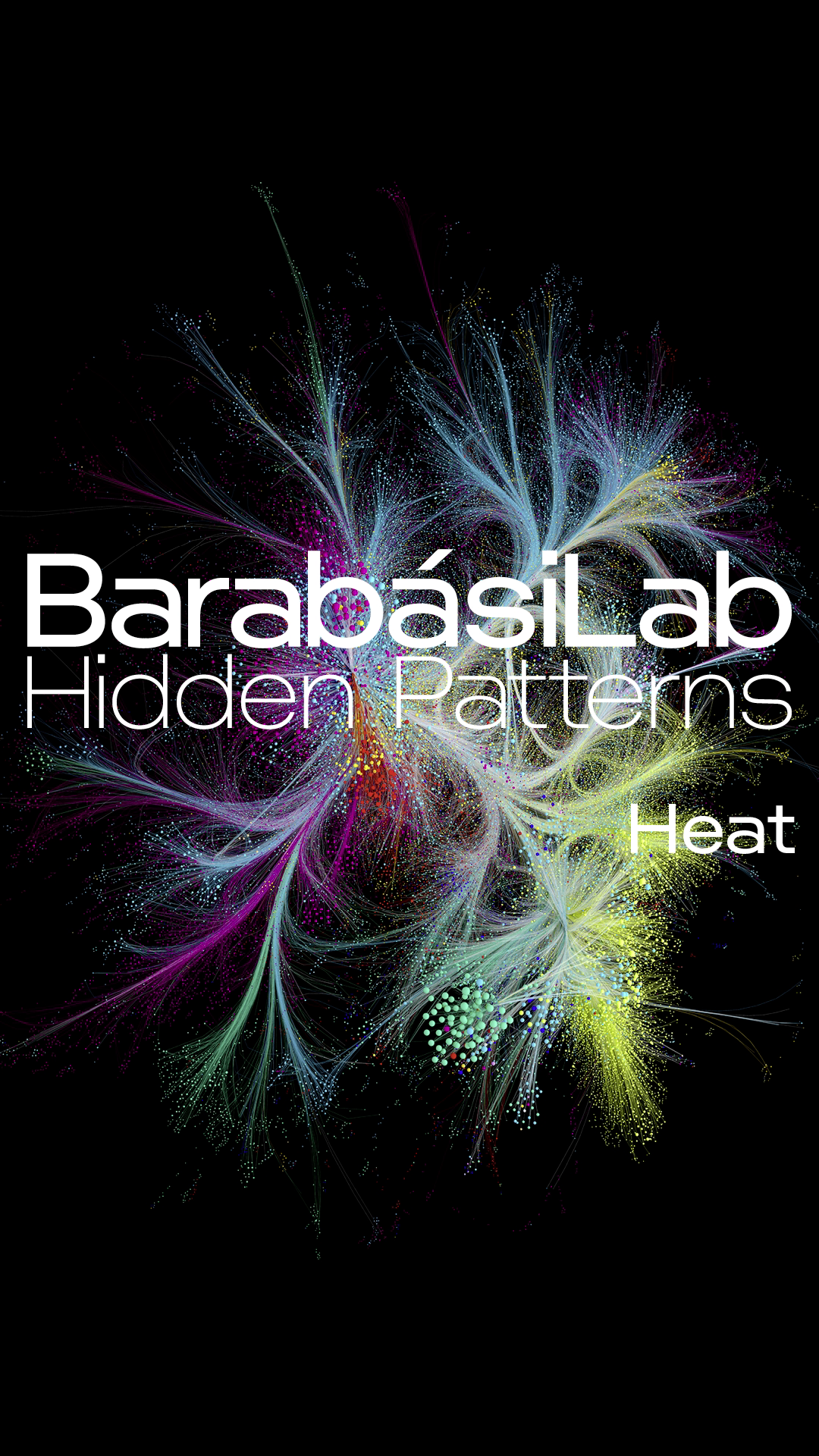
Heat | video commentary Albert-László Barabási
Gurgas (2018–2021)
-
Dense Networks
3D visualization
physical networks
inflatablesOne challenge in 3D visualization is representing large dense networks, whose inner structure is obstructed by its large number of links. If the links between the nodes are thick enough, they must wind around each other to reach their destination rather than following straight lines. When such curvatures become extreme, dense physical networks can change their state of aggregation and enter a new phase of existence.
Albert-László Barabási refers to these dense networks as »Gurgas«, a term rooted in the Latin word »gorge.« Thanks to their compact shapes and lack of loose links, the »Gurgas« became the lab’s testing ground for 3D-printing materials, such as bronze and plastic. The most recent material experiment is the work »Inflatable Gurga«. The process of inflation embodies the transition from a data sculpture to a »Gurga«, with a structure shaped by the extreme expansion of its links. The project is inspired by the genre of inflatable pneumatic sculptures in art, and embodies the strategy of inverse appropriation, an artistic practice of the BarabásiLab that involves the transfer of the formal and visual language of art into science.
Albert-László Barabási, Csaba Both, Alice Grishchenko, »Gurgas«, 2021
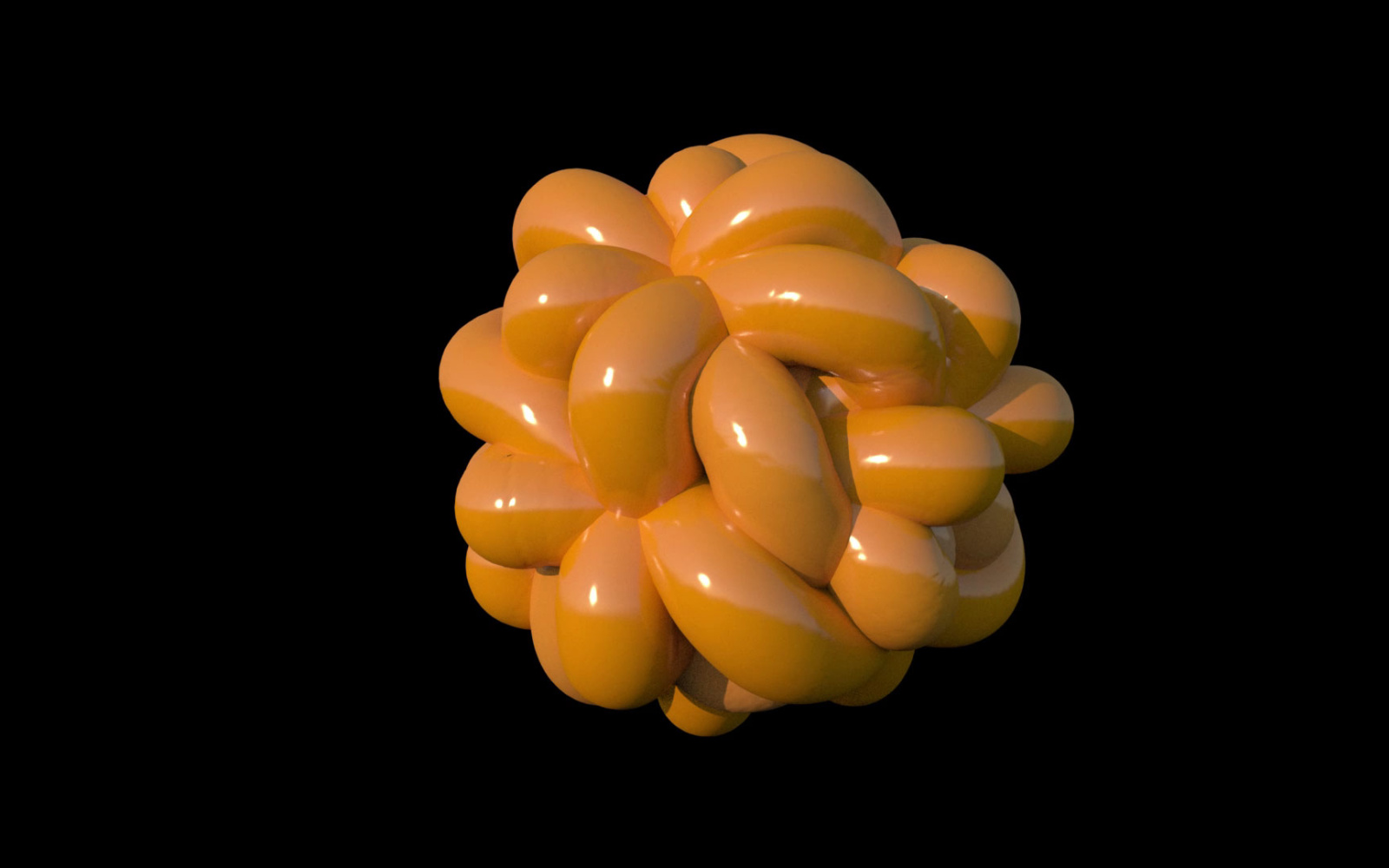
BarabásiLab, »Gurgas«, 2021
BarabásiLab, »Inflatable Gurga«, 2021
Inflatable Gurga | BarabásiLab. Hidden Patterns. Ludwig Museum
Network Canon (2018)
-
Iconic 3D Models
3D printing
random graph
scale-free networksAfter developing a mathematical toolset for data sculptures, in 2018 the BarabásiLab once again returned to the »Network Canon« project, which had begun in 2000 and aimed to illustrate the canonical network models. Using 3D printing, it was now possible to render the structural differences between the two most studied network models, the Erdős-Rényi and Barabási-Albert models. The former is based on work done in 1960 by the Hungarian mathematicians Pál Erdős and Alfréd Rényi on randomly connected networks. The latter is based on the theory developed by Albert-László Barabási and Réka Albert in 1999, introducing so-called scale-free networks, which are held together by hubs with an exceptional number of links. This discovery contradicted the prevailing theory of random networks, which assumed that the nodes of real networks are randomly linked to each other, resulting in a relatively uniform, »democratic« network architecture. The two models from 2018 presented in the exhibition, constituted the first successful attempt to implement the random and scale-free network as data sculptures.
The data sculpture »Human Disease Network«, also on display, is the first prototype of a multicolor 3D printing. Because of its spatial composition, the final 3D color version unveils relationships between disease classes that are largely invisible in the 2D map.
